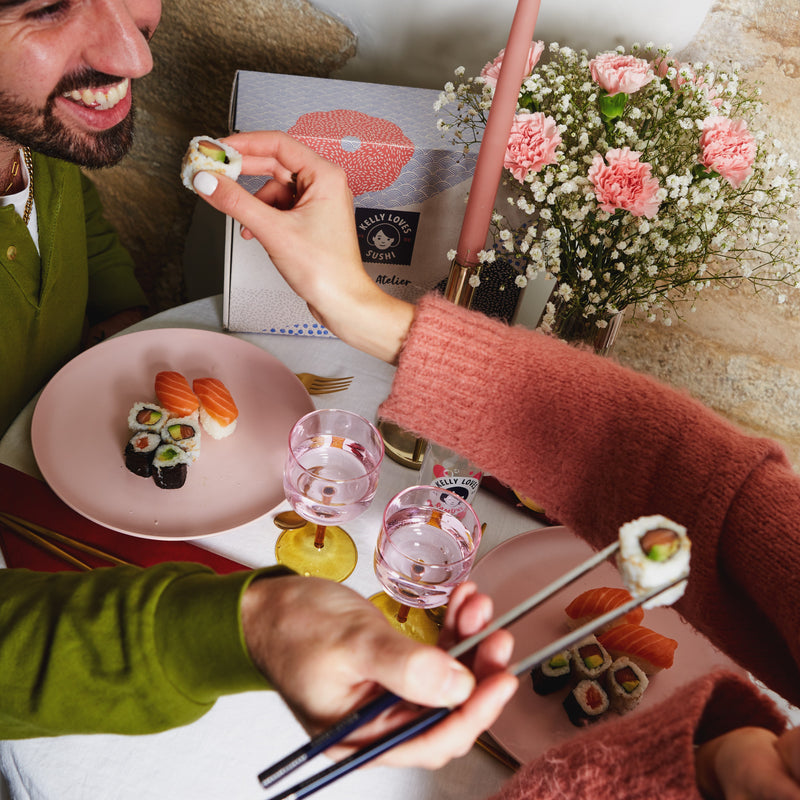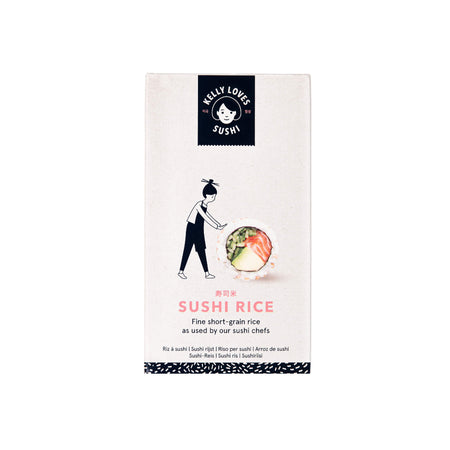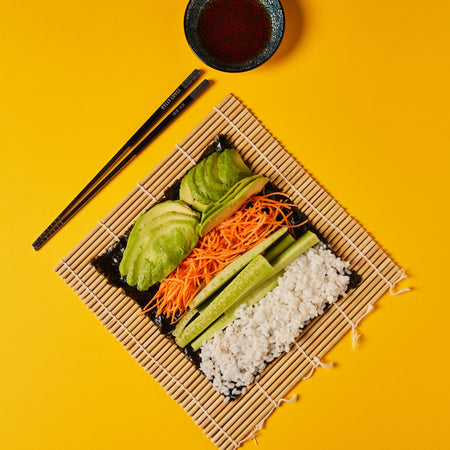Beginner’s guide to Japanese food

If you’re new to Japanese food, you’ll likely be curious. Japanese cuisine is culturally unique, and that makes it really mesmerising, especially for those who are new to Japanese sensory food experiences. This blog post is for beginners, so if that’s you, pop the kettle on and pull up a chair. We’re here to inspire you to try something new…
What is the culture of Japanese cuisine?
Japanese cuisine plays an integral part in Japanese culture. Japanese dishes are closely linked to the natural world, influenced by the ingredients nature has to offer, as well as the variety in the four seasons.
Traditional Japanese cuisine ‘washoku’ respects and appreciates what foods are provided, with each season, using fresh, locally sourced ingredients. The natural flavours of the food are never overpowered in Japanese cooking. Instead, cooking methods and ingredient combinations are designed to enhance the natural flavours.
Washoku is recognised as a UNESCO Intangible Cultural Heritage. This is due to its focus on good health, the fact that it encourages social eating and togetherness, its traditions and rituals, and the sustainable use of natural resources. Washoku is also a real art form — beautifully and thoughtfully presented.
What are the main flavours used in Japanese cuisine?
Five is the magic number! In Japanese cuisine, there are five main flavour profiles. According to the five principles, Japanese meals should contain a balance of salty, bitter, sweet, sour and savoury or ‘umami’.
These ‘five principles’ are part of washoku for each meal. Every traditional Japanese meal should include elements of the five modes of food preparation, each of the five colour groups and the five flavours, experienced through our five senses.
What sauces are commonly used in Japanese food?
The five flavours are used via five ingredients: sugar, salt, vinegar, soy sauce and miso, and these are often combined to make different sauces commonly used in Japanese food. Sauces which are often used include:
- Soy sauce — the basis of many Japanese sauces!
- Teriyaki — sweet and salty flavours, a famous Japanese sauce.
- Tare — multipurpose sauce with an earthy sweetness which goes well with meat.
- Yakitori sauce — sweet and savoury. Fun fact: the yakitori sauce pot for dipping chicken skewers in yakitori restaurants is topped up but never completely cleaned, providing a deep meaty taste!
- Mentsuyu (tsuyu) — a broth created using mirin, sake, kombu, soy sauce, and bonito flakes (katsuobushi)
- Ponzu — a dipping sauce, tangy to taste as it is blended with citrus fruits (usually yuzu).
- Takoyaki sauce — a dipping sauce is a combination of ketchup, Worcestershire sauce, sugar and mentsuyu. The name comes from ball-shaped octopus dumplings, which can be dipped into the sauce (more about those below).
- Okonomiyaki sauce — combines sweet and savoury flavours with umami.
- Mitarashi - a glaze for sweet foods.
Popular Japanese foods
You’re bound to be familiar with some of these popular Japanese foods, even if you haven’t tried them before. These are foodie favourites that we encourage you to explore.
Sushi
Sushi is loved worldwide and has many variations. Sushi is meant to be enjoyed, and there’s no set way of eating it. But whether you’re learning to make sushi at home using some of our sushi ingredients or tasting your first sushi in a Japanese restaurant, it’s interesting to know how it’s traditionally done and why. For example, the fish side of the sushi is dipped into the soy sauce rather than the rice side because otherwise the rice soaks up too much soy sauce and can overpower the delicate fish flavours. And the pickled ginger is for cleansing your palate between different types of sushi.
Ramen
Ramen is SO popular now as you can conveniently buy it in ramen cups rather than work for hours over a hot stove. Ramen is the perfect comfort food: a broth with delicious noodles to slurp. There are lots of different types and flavours of ramen (fat or thin noodles, hot and spicy or mild, veggie or meaty), but there are two main styles: shoyu (soy sauce) and shio (salt).
Udon
If you love comforting carbs, you’ll love doughy udon noodles. Udon is a thick wheat flour noodle with a juicy, satisfying texture that can absorb strong flavours. It can be added to stir-fries or a broth, or dipped in sauce. And it’s so versatile as udon can be eaten hot or cold, so ideal for salads.
Soba
Soba are much thinner than udon noodles. They're thin Japanese noodles made from buckwheat. In Japan, you’ll see soba noodles eaten as ‘fast food’ but you’ll also see them in restaurants. They can be eaten cold with a dipping sauce or hot in a noodle soup.
Takoyaki
Takoyaki are mouth-watering ball-shaped octopus dumplings (the ones you dip in the takoyaki sauce listed above). They’re jam-packed with diced octopus, tempura crumbs, spring onions and pickled ginger. Drizzle some mayo on top and dip the takoyaki in some takoyaki sauce. You’ll taste the meatiness of the octopus, the zing of the ginger and the punch of the onions — an explosion of flavours.
Okonomiyaki
Okonomiyaki is a savoury pancake which is cooked in front of you in a Japanese restaurant. It’s filled with plenty of fresh veg, including cabbage and bean sprouts, and for a kick, it can be topped with bonito flakes.
Tempura
Tempura is battered, deep fried vegetables and seafood. It’s usually served with rice or on its own, and eaten with chopped spring onion, grated ginger and white soy sauce. The crispy shell and soft flavoursome fillings are the perfect combination.
Gyudon
A dish that’s over 150 years old, gyudon is beef that has been cooked in sweet sauce until it’s exceptionally tender. It’s then served on rice and topped with vegetables such as bean sprouts and onion. Gyudon literally translates as ‘beef bowl’. A nutritious, comforting dish, it’s served by lots of chain restaurants in Japan, so it’s become a favourite for students and travellers alike.
So that’s our whistle-stop tour to wet your appetite as a beginner to Japanese food. We have to admit, we’re envious of the exciting tasting journey you now have ahead of you — it’s fun to taste new dishes for the first time. An easy way to do this is with our Japanese food gifts which give you a taster of lots of different authentic products (treat yourself!).








